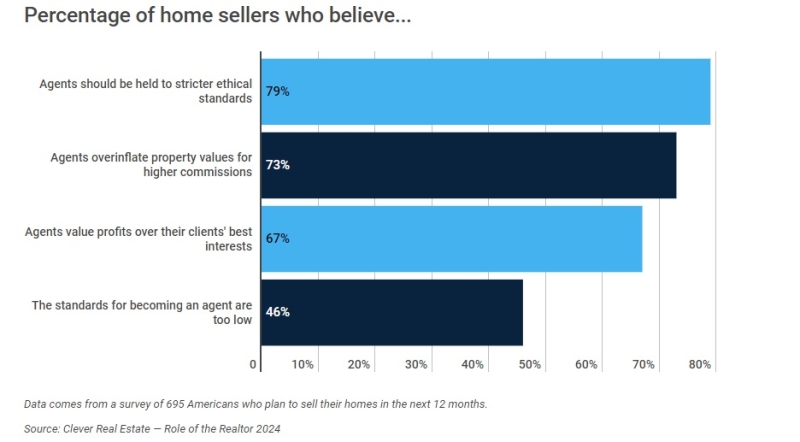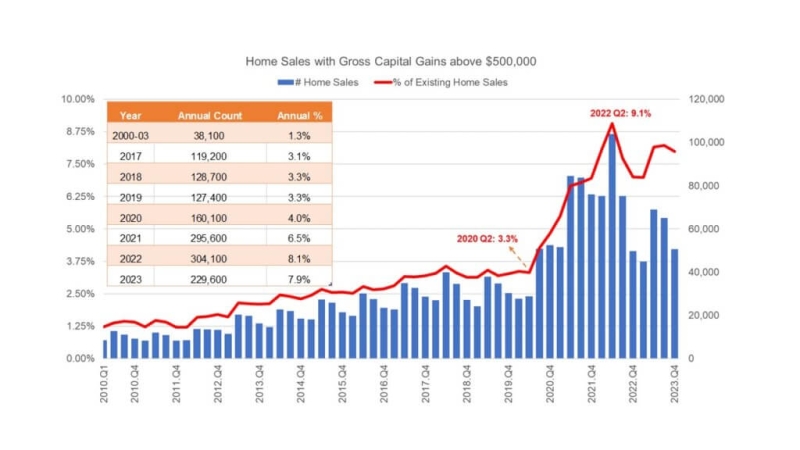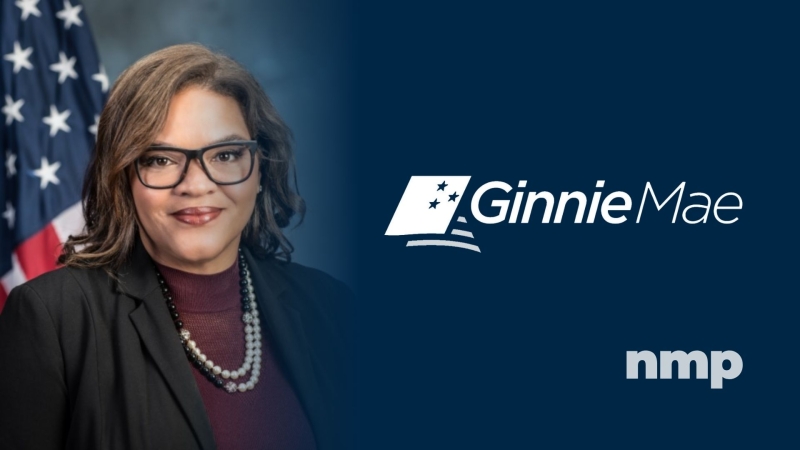Advertisement
National industry appointments update - 5/15/2006
Don't yield to the curveJennifer Creechfixed rates, option-ARM
Mortgage lending is usually pretty straightforward: You connect
the people who want a low rate and are willing to take some risk
with short-term, adjustable-rate loans, and you point the people
who want predictability and are willing to spend a little more to
long-term, fixed-rate loans. This scenario makes even the
least-sophisticated borrower comfortable because it's logical and
easy to understand. So, what if you turned this equation upside
down? What if long-term borrowing was cheaper than short-term
borrowing but the associated risks remained the same? What do you
tell borrowers then? This is a good time to answer those questions,
because it's happening right now. The yield curve - picture a graph
with rates plotted over a 30-year period - flattened throughout
last year. In simple terms, this means that long-term rates are
nearly as low as short-term rates. So forget about selling
adjustable-rate mortgages and home equity lines of credit, right?
Well, not entirely.
The yield curve - It's not a highway warning sign
Long-term mortgage rates are, in large part, market-driven.
Mortgage-backed securities and 10- and 30-year Treasury securities
provide a good indication of what long-term rates are going to do.
Short-term rates, in contrast, are primarily based on the economic
policies set by the Federal Reserve. Beginning in June of 2004, the
Fed engaged in a campaign of measured hikes in the discount rate.
This campaign has had the effect of steadily increasing short-term
interest rates. While this approach is aimed at controlling
inflation and economic growth, one effect of this policy has been
the flattening of the yield curve. The fact is that during these
rate hikes, long-term rates - driven by market forces - have not
increased as much. As a mortgage broker, you know it's affecting
your business, but what can you do about it?
Change creates opportunity
The Fed's flurry of increases in the discount rate is affecting
adjustable-rate mortgage borrowers - borrowers whom you can now
help. First, a dose of reality: The days of people beating down
your door to refinance their first mortgage (two or three times,
even) are over. You are going to have to work smarter and harder in
the foreseeable future to keep your practice in the black. But
don't despair - a flat or inverted rate environment is not without
opportunity. Over the past several years, as the Fed employed a
strict diet of rate cuts, billions of dollars were lent in
variable-rate arrangements such as lines of credit, adjustable-rate
mortgages, credit cards, interest-only firsts - you name it. A
substantial amount of that money went to borrowers who correctly
reasoned (perhaps with your counseling) that the wide gap between
variable interest rates and fixed rates made the variable-rate
products a savvy borrower's best bet. Besides, they figured that if
the gap ever closed, they could just refinance into a fixed-rate
loan. Now that the Fed has raised the discount rate 14 times, the
gap has clearly closed and the rise in monthly payments is creating
payment shock for many borrowers.
As long as the yield curve is inverted or flat, your marketing
and sales strategy can focus on helping borrowers move high-risk,
variable-rate debt into safer, fixed-rate loans. Of course, with
some new financing, there's no debt to move, but the basic emphasis
on fixed-rate lending vehicles is the same. So whom should you
target with your marketing efforts? As always, you want to continue
your outreach to new customers, but you also want to target the
customers you already have on your books (of course, you'll want to
be sure that you comply with all applicable marketing regulations
and you don't want to violate any loan-specific refinance
restrictions or lender-specific, non-solicitation agreements).
You'll also want to market to any promising leads you've gathered
in the past.
The people who knew you when &
Remember all of those customers you helped with home equity lines
of credit and adjustable-rate mortgages in the early part of the
decade? Now is the time to help them move that debt to a fixed-rate
loan. And if you're the first person to offer that advice to your
customers, who already know and trust you, you may save them
thousands of dollars on their interest payments while the yield
curve fluctuates and your business will continue to flourish. Here
are a couple of ideas to reach them before your competitors do:
- Call them. Hey, it may sound simple, but the customers who
appreciate the loans you helped them get will be more receptive to
the personal touch of a phone call. When you get them on the line,
be prepared to walk through a couple of refinance scenarios.
- Send a personal note. You probably can't call all of the
customers in your database, but that doesn't mean that you should
blast them with a generic direct mail piece. To reinforce your
marketing efforts with existing and former customers, send a
personally addressed e-mail or letter. Start the note with a
relevant date or bit of information. For example, "Dear Joe: I hope
all is well. Since we worked together back in June 2002 to get
financing for your condo downtown, interest rates have ..." If you
have the details on that loan, show them a realistic example of how
you might save them money and invite them for a free counseling
session.
The same marketing tactics you'd use to help your existing
customers can be used for any of the reasonably fresh leads you've
been working. Take a look through the notes on your leads. Anyone
who turned you down because of the great variable rate he already
had is now a hot prospect. Help him see the advantages of moving
that home equity line of credit he took out last summer at the
prime rate into a lower, fixed-rate home equity loan.
It's still about the loans
Of course, you can only do so much on your own. To be successful,
you still need to work with the right lenders. A good lender will
offer a wide range of loan options, either fixed-rate or variable,
and often will have one or two niche products to fit your specialty
borrower. For example, DeepGreen Financial offers a range of
traditional fixed-rate and variable-rate loans, but also offers
fixed-rate home equity loans with terms of up to 30 years. Having
this variation in product offering increases the likelihood that
the time taken to collect your customer's information will result
in a completed transaction. The right lender knows that you don't
want to go back to your high-credit quality customer empty-handed.
Choose the right lenders to work with and whether you're marketing
to new prospects or existing customers, you dont have to go it
alone.
So, fixed rates for everyone, right?
Should you guide everyone to a fixed-rate product? Not necessarily.
Even in the current rate environment, some of the old rules still
apply. Not all borrowers have rate as their highest priority. Some
want to be able to pay only interest on their loan for a period of
time. Some want the flexibility of borrowing money periodically
over time as they need it. Still more borrowers don't plan on
staying in a property for a long and want to avoid frontloading a
lot of interest expense they'll never recover. For these people, a
variable-rate product might prove most sensible, even if the rate
goes higher. The best option is different for every borrower, and
they need you to help them find it.
Jennifer Creech is executive vice president of production
and marketing for Highland Hills, Ohio-based DeepGreen Financial.
She can be reached through the company's Web site at www.deepgreenfinancial.com.
About the author





